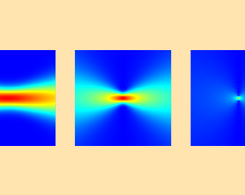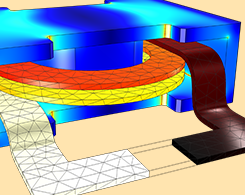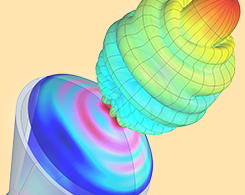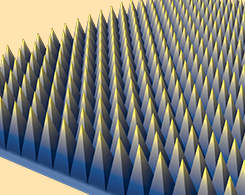RF & Microwave Engineering Blog Posts

Evanescent Component of the Nonparaxial Gaussian Beam
The evanescent component of the nonparaxial Gaussian beam background field is available as a feature in the Wave Optics and RF modules as of COMSOL Multiphysics® version 5.5.

Measuring the SAR of a Human Head Next to a Wi-Fi Antenna
Many wireless devices include antennas that expose consumers to RF energy. Designers of these devices need to understand the health implications caused by electromagnetic exposure, such as SAR.

Which Study Type Should I Use for My Electrothermal Analysis?
What’s the best interface to use when implementing electrothermal analyses in COMSOL Multiphysics? We go over the interfaces, study types, and multiphysics couplings for high and low frequencies.

What Is the Curl Element (and Why Is It Used)?
When solving some electromagnetics problems, the curl element (also called the edge element or vector element) can be used in the finite element method.

Optimizing Microwave Ovens with Solid-State RF Cooking
Did you know that conventional microwave ovens use the same magnetron technology that was first used in WWII? These researchers thought it was time for an upgrade…

How to Produce 3D Far-Field Plots from 2D Axisymmetric RF Models
When modeling certain resonant structures, you can get the best of both worlds: 2D axisymmetry offers efficient computations while 3D far-field plots are available for postprocessing results.

How to Use Circular Ports in the RF Module
Degeneracy in circular ports leads to uncertainty in the mode field orientation. Not so with the Circular Port Reference Axis feature, which lets you define field orientations on port boundaries.

How to Numerically Simplify Your Periodic RF Models
Looking for an easier way to model periodic RF structures, such as frequency selective surfaces, electromagnetic band gap structures, reactive and high impedance surfaces, and metamaterials?
